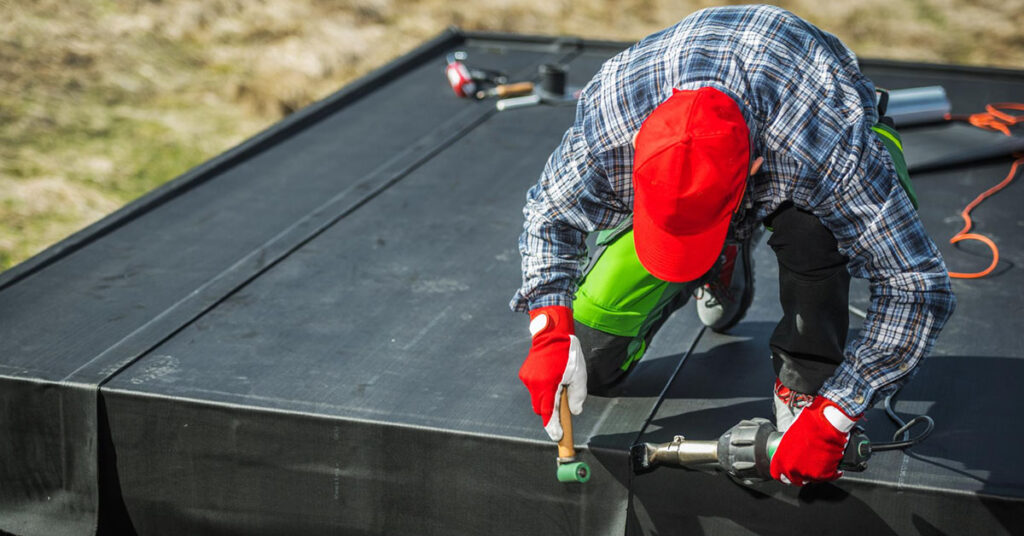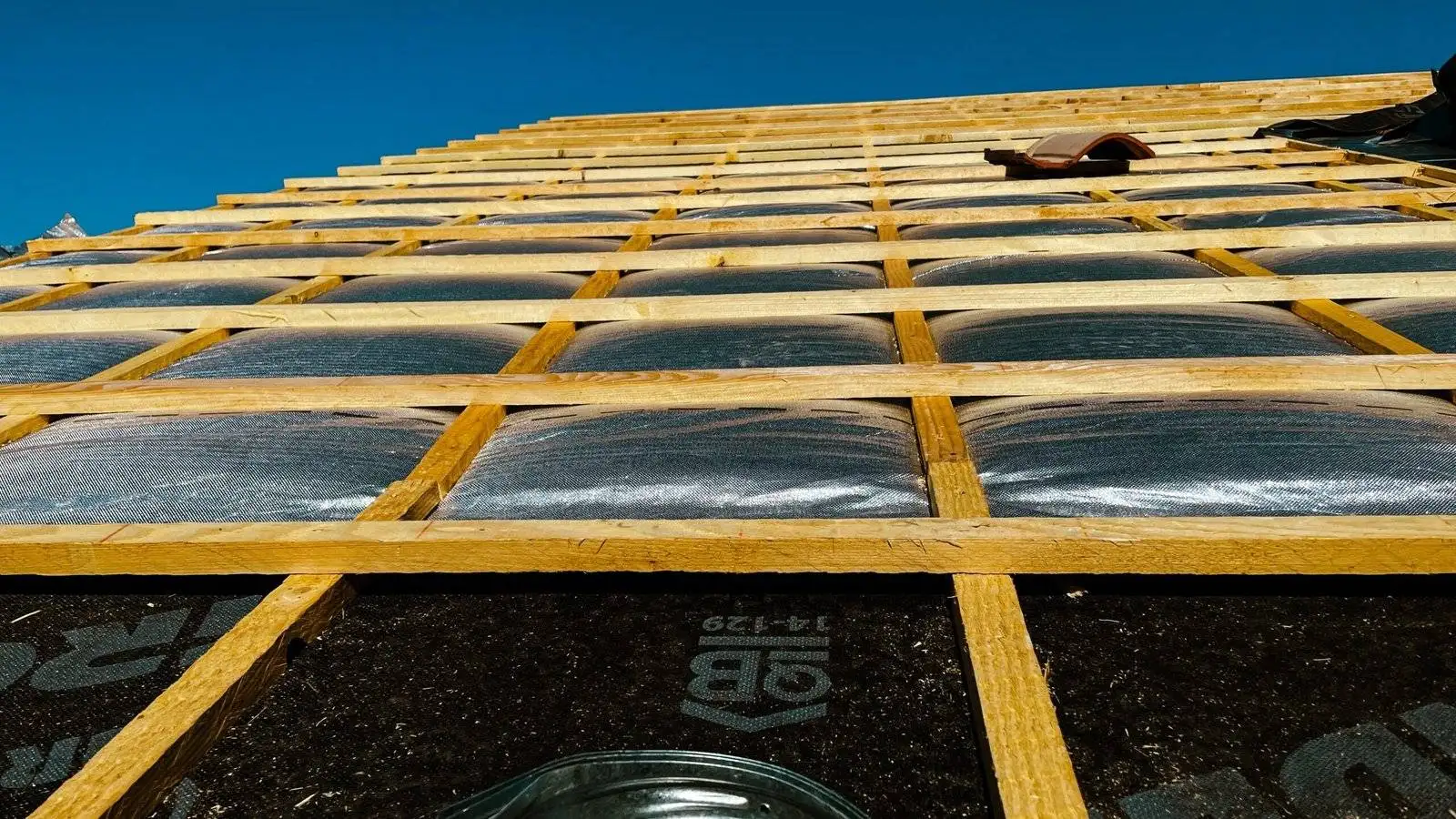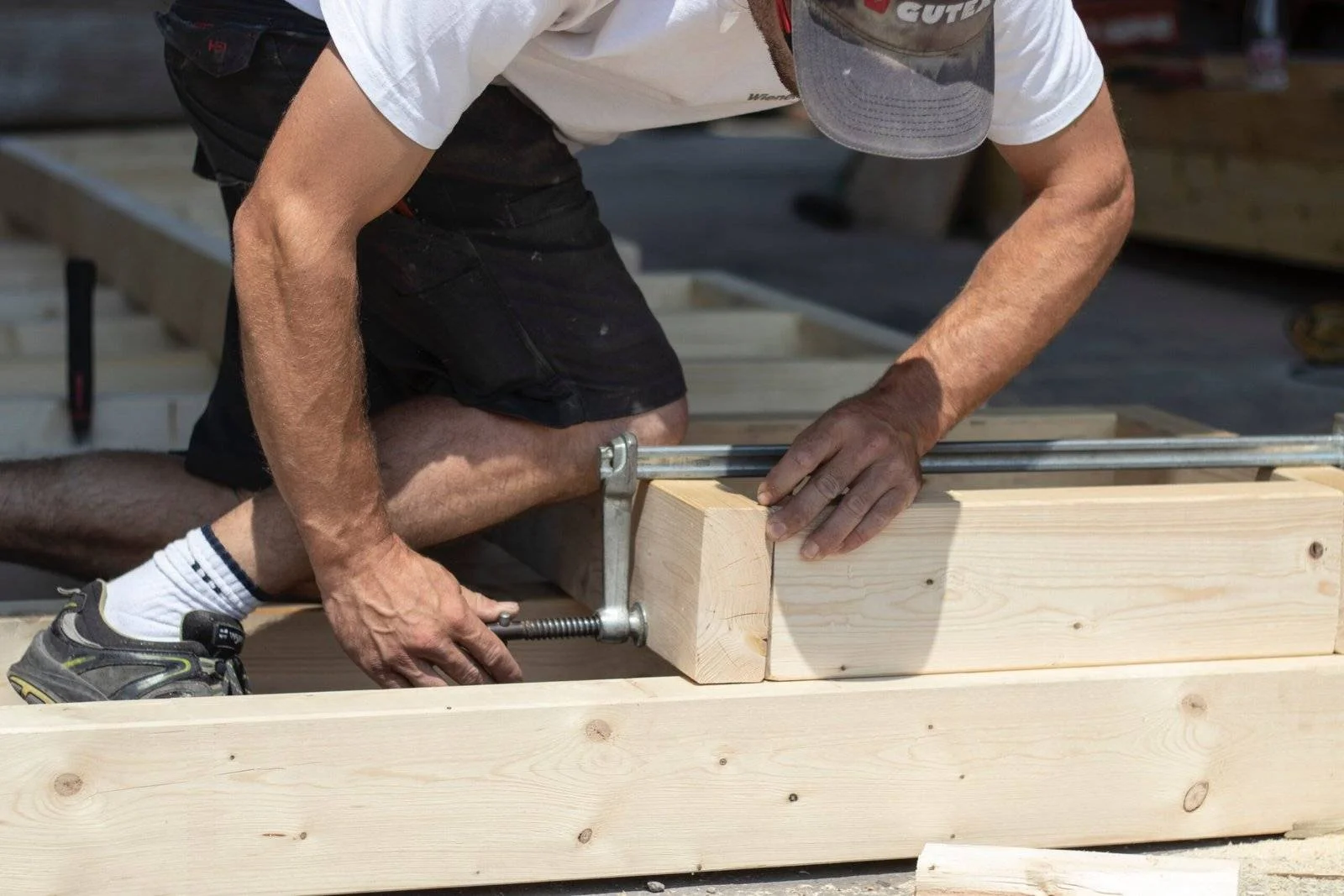Rubber roofing has become popular among Dallas, Texas, homeowners due to its resilient nature and ability to withstand the region’s challenging climate. When considering rubber roofing, it’s essential to understand the factors that affect its lifespan. This comprehensive guide explores the how long does a rubber roof last, so you can make informed decisions for your home. Let’s get started.
What is a Rubber Roof?
Rubber roofing, also known as EPDM (ethylene propylene diene terpolymer), is a synthetic membrane commonly used for residential roofing. With its durable rubber polymers, it’s got several advantages over traditional roofing materials. Some of these advantages are:
- Durability: Rubber roofs can withstand exposure to harsh weather conditions, including extreme heat, cold, and UV radiation.
- Flexibility: The inherent flexibility of rubber allows it to expand and contract with temperature fluctuations without cracking or warping.
- Weather Resistance: Rubber roofs are highly resistant to damage from hail, wind, and heavy rainfall, making them an ideal choice for Dallas’s climate.
How Long Does a Rubber Roof Last
Rubber roofs typically last 20 to 30 years, depending on the climate, installation quality, and maintenance practices. Rubber membranes and proper installation can extend the lifespan of your roof, while neglect and poor maintenance can shorten it.
Factors Affecting the Lifespan
Several factors can affect the lifespan of rubber roofing.
Climate
Dallas experiences hot summers, occasional hailstorms, and heavy rainfall, posing challenges to roofing materials. Rubber roofs are designed to withstand these conditions, but prolonged exposure can still impact their longevity. High temperatures and UV radiation can cause rubber to degrade over time, while hail and severe weather events can cause physical damage.
Proper installation and maintenance are crucial to mitigate the effects of Dallas’s climate. Ensuring adequate insulation and ventilation beneath the roof can help regulate temperatures and reduce thermal stress on the rubber membrane.
Installation Quality
The lifespan of a rubber roof heavily depends on the quality of installation. Hiring experienced roofing contractors specializing in rubber is essential to ensure proper installation. Contractors should follow manufacturer guidelines and local building codes to ensure the roof’s integrity and longevity. Improper installation, such as inadequate sealing of seams or improper flashing around penetrations, can lead to premature failure and costly repairs.
Maintenance
Regular maintenance is essential for maximizing the lifespan of a rubber roof. Homeowners should perform routine inspections to identify any signs of damage or wear, such as cracks, blisters, or loose seams. Clearing debris from the roof and gutters regularly can prevent water pooling and potential damage. Additionally, cleaning the roof surface with a mild detergent can help remove dirt and debris that can accelerate degradation.
Signs of Wear and Damage
Homeowners should be vigilant for signs of wear and damage on their rubber roofs, as addressing issues promptly can prevent further deterioration and extend the roof’s lifespan. Common signs of wear and damage include:
- Cracks or splits in the rubber membrane.
- Blisters or bubbles indicate trapped moisture.
- Punctures from falling debris or foot traffic
- Loose or damaged flashing around penetrations
Separation of seams or edges
- If any of these issues are detected, homeowners should contact a qualified roofing contractor to assess the damage and recommend appropriate repairs.
How to Extend the Lifespan of Rubber Roofing
Here are a few tips that will help you extend the life of rubber roofing.
Regular Inspections
Homeowners should schedule annual inspections by professional roofers to identify and address potential issues before they escalate. Experienced roofers can detect early signs of wear or damage that may not be apparent to the untrained eye.
Prompt Repairs
Promptly addressing minor repairs can prevent small issues from developing into more significant, more costly problems. Homeowners should address any signs of damage or wear as soon as they are detected to avoid water infiltration and structural damage.
Protective Coatings
Applying a protective coating to the rubber roof surface can enhance its UV resistance and extend its lifespan. These coatings act as a barrier against UV radiation and can help reduce thermal stress on the roof membrane. Homeowners should consult with roofing professionals to determine the suitability of coatings for their specific roofing system.
Read More: How Long Does a Steel Roof Last
Conclusion
For homeowners who seek durable, long-lasting roofing solutions, understanding what influences a rubber roof’s lifespan is essential. By considering weather conditions, installation quality, and maintenance practices, homeowners can maximize the longevity of their rubber roofs.
Contact a reputable roof contractor if you need expert guidance on rubber roof installation, maintenance, or repairs. Rubber roofs provide reliable protection for your home with proper care and maintenance.


